Each spring in Southern Morocco, roughly 1,000 participants from all over the globe participate in an ultramarathon called the Marathon des Sables (MDS). This six-day race spans 150 miles of Saharan desert with temperatures exceeding 120 degrees fahrenheit during stages of the race. The Marathon des Sables in considered by many to be the toughest footrace on earth. On April 8-18 of 2016, the 31st edition of the race will take place. It's an event without peer in terms of atmosphere and difficulty. One may wonder what would cause someone to choose to participate in such a grueling test of physical and mental endurance.
A Seed Planted In the Desert
The year was 2012, like many days I found myself randomly scouring the internet for content and stories of interest. As a avid runner, I sometimes will visit Runner's World. I like going there to check out nutrition and training information. On this particular visit to the site the top article highlighted a unique race taking place later in the year. The race was the Marathon des Sables (French for Marathon of the Sands). The more I looked into the race, the more I was intrigued. Not one, but a series of marathons taking place over a week all in the Saharan desert? Could this be real? My curiosity was instantly piqued. The pictures being displayed from previous races were gorgeous. Runners making their way through soft picturesque sand dunes, cutting through oases, all on the backdrop of the of the beautiful Sahara Desert landscape. I knew that I could only dream about competing in such a large-scale and grueling event. Despite the fact that I knew it would be a major challenge to participate in the MDS, I made a goal then and there that I would be participating in the race one day before my time is up.
The tweet that started it all
The goal, admittedly ambitious, was not impossible. Even if my total race experience at the time was comprised of only a few 5k races. I've ran for exercise most of my adult life, sometimes in very long stages. Running was something that always seemed to come natural for me, even if I was never really the fastest or had the most smooth running motion. In fact 2012 was a significant year for me. It was the year that I really decided to commit to long-distance running. What made a considerable impact was the purchase of a Garmin GPS watch that would measure every single mile I ran. As soon as I received the watch, I became a bit obsessed, sometimes running north of 13-15 miles per day. Before the end of the year I had accrued a pretty healthy milage total:
3,000 miles not including indoor/treadmill miles
Breaking the 3,000 mile mark in one year is one of the more impressive athletic feats that I've achieved in my lifetime (It's right up there with getting beaned in nearly every game in Pony League baseball I played). My running habit grew more and more until eventually I chose to run a few marathons:
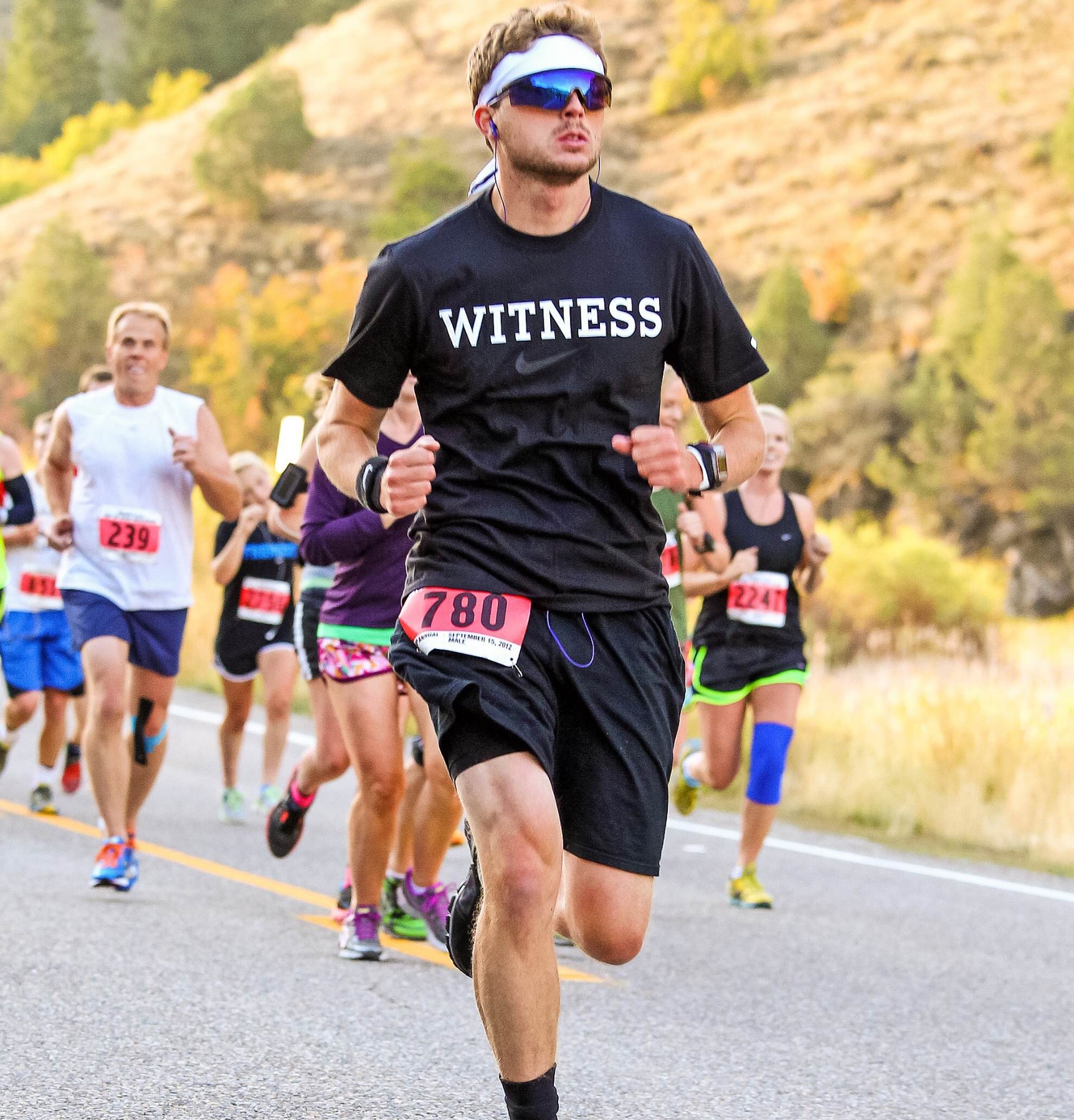


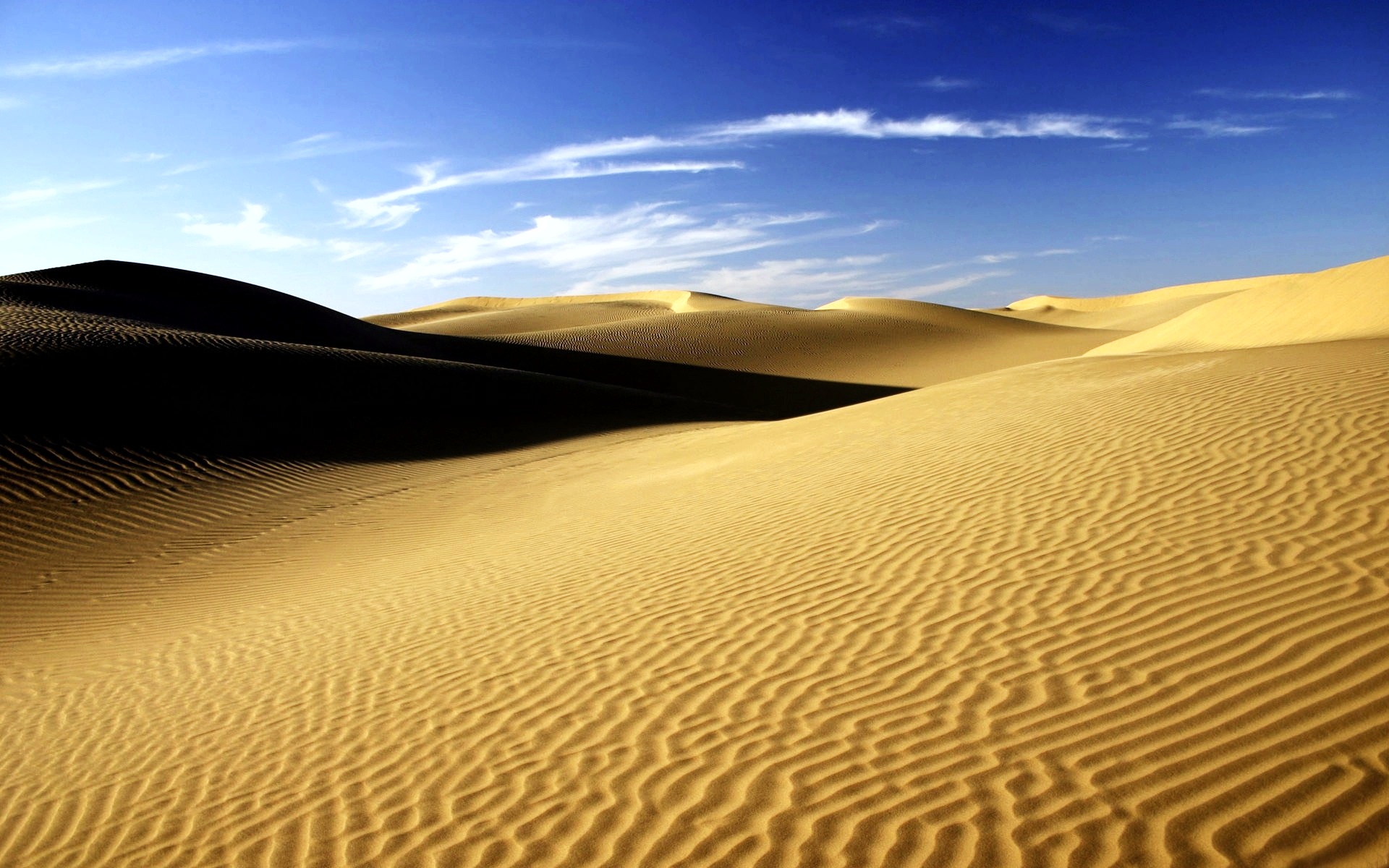
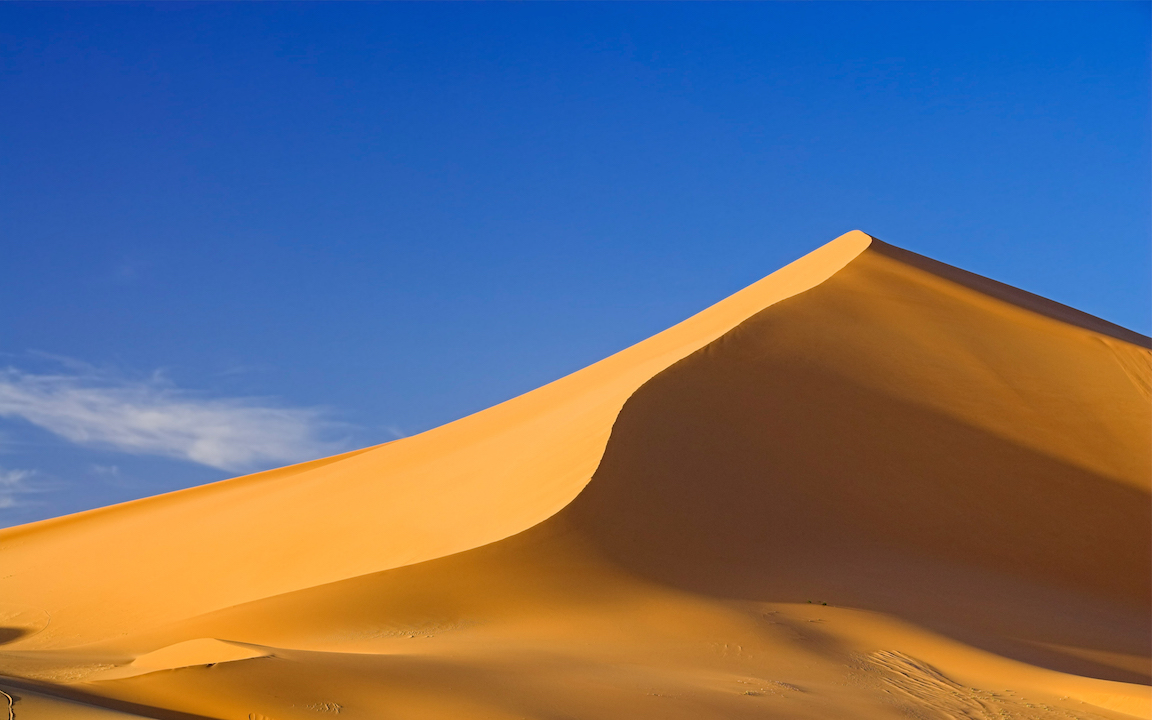
2012 Top of Utah Marathon:
3 Hours 43 minutes
2013 Utah Valley Marathon:
3 Hours 23 minutes
The marathons were fun. It was a very fulfilling feeling crossing the finish line both times. I didn't have the most disciplined training regiment, but my times weren't terrible, and I actually enjoyed it, despite the tremendous physical challenge. After completing the Utah Valley Marathon, my running began to taper off. I just didn't have the time or desire to keep running as far as I did. Going for two hour runs six days a week just seemed unsustainable, and frankly, unhealthy. It wasn't until earlier this year that long-distance running sprang into my consciousness. The newfound passion was a result of rediscovering the Marathon des Sables. For some reason I thought to myself, it I don't do it now, I never will. After mulling it over for a bit, I determined that I was legitimately going to consider running the race. What was once a pipe dream was now a serious possibility. Even though I was more closely looking into doing the race, it would require heavy research to determine if it was worth the considerable investment of time (being out of the country nearly two weeks) and money (it isn't cheap, that's all I'll say). The deadline for the 2016 MDS was fast approaching, and I had to make a decision or risk putting it off for an entire year.
Enter Sandman
Without entirely considering all of the ramifications of registering for the MDS, I decided to sign up. As soon as I did, I became instantly excited, it didn't seem real. Soon after officially signing up for the race, I decided to do a even more digging into the history and details of the event. The Marathon des Sables was formed in 1984. A French adventurer named Patrick Bauer started an incredible trek across the Sahara Desert with nothing but the food and supplies that he could carry with him. Bauer traveled nearly two weeks and covered over 200 miles in his journey. Two years later in 1986, he organized the first official Marathon des Sables, which had just under 200 participants. Each year the race has grown in size and reputation. Today the race attracts some of the fastest and most recognized ultra-athletes in the world. The MDS is regularly mentioned as one of the most high-profile and most grueling races in the world by publications like CNN, ESPN, Bloomberg, and the BBC.
Nations Represented at the 2014 Marathon des Sables.
Photo Credit: Benedict Evans, Desert Swarm, ESPN
Typically an ultramarathon is any race longer than the standard 26.2 miles that comprise a normal marathon. What makes the Marathon des Sables special is that it involves running a series of normal marathons in a week-long span. The MDS is ultra-strict when it comes to rules as well. Runner's are normally penalized for a variety of things from littering in the desert, to receiving an IV due to dehydration. The penalties normally result in an increase in their race time. Runner's really are left to their own devices in order to cope. This will be unlike anything that I have ever experienced in my life. Also running on soft sand dunes (however cool it may seem) is physically exhausting given the amount of effort needed to keep moving with momentum.
“Consuming 2,000 calories per day sounds like plenty until you realize the amount of energy constantly draining out of you. Runner’s normally lose 5-10 pounds, if not more by the end of the race.”
As strict as the rules are, I find out that the cut off times are generous. In fact if someone wanted to, they could even try and hike the entire race and still finish before the deadline. I've learned that so long as the runner is in good condition and can avoid injury throughout the race, then he/she can likely finish (unless there is a snake or scorpion attack, which is a real thing believe it or not). This led to consider my racing strategy. If I going to all the trouble of traveling across the world and participating in something as epic as the MDS, I would want to run a proper race, and compete to have a good finish. The problem with the aforementioned aggressive strategy is that I would risk overworking myself in the desert and possibly crashing out, something I don't want to do. The best strategy might be to wait and experience the first few stages for myself. After a few stages in the Sahara sun, I'll have a better feel if I can try and give it a proper go, or just try and hang on for dear life until the finish.
Speaking of stages, they are not finalized until literally days prior to the race. No one is told what the routes are, and where they will take the runners. Even though I won't know the exact routes, I looked into some older MDS races to see how their routes compared. Despite the fact that previous MDS routes were all slightly different, they all had commonalities in distance and terrain for each stage. Below is an example of the 2012 race stage breakdown:
2012 Marathon Des Sables
Stage 1 - 21 Miles
Stage 2 - 24 Miles
Stage 3 - 21.4 Miles
Stage 4 - 50.5 Miles
Rest Day
Stage 5 - 26.2 Miles
Stage 6 - 9.6 Miles
That's over 150 miles of running is what is likely the most inhospitable environment in the world. Runners have to wear gaiters on their feet to keep the sand out. All participants are required to carry a venom pump in the event of a scorpion or snake bite. All of these challenges just come with the territory of competing in the Marathon des Sables. The race is normally won by Moroccan ultramarathon runners who can sustain an incredible pace without withering in the sun.
Self Sufficiency to the Extreme
A look at what goes into a MDS pack. Photo Credit: Ian Corless
Running a week-long ultramarathon in the middle of the Sahara Desert is difficulty enough, what makes the race even more arduous is the little no support offered during the event. Racers are essentially on their own when it comes to food and supplies. Runners can call upon the race organizers to provide critical care in times of desperate need, but they as was already mentioned, they do so at risk of time penalty (taking an IV will result in a two hour penalty against your time). Participants in the Marathon des Sables are allowed to take with them whatever they can carry. The contents of the pack will need to sustain all of the needs for the runner for the entire week. The only supplies provided are water (not unlimited so it must be rationed) and open tents during the night. Racers must even carry their passport with them in the event they must leave the race in an emergency. Given the premium on space, picking the right meals is critical. From what I understand from first-time participants, the temptation to cram as much food in the the pack is strong, however carrying a 30 pound bag on one's back while traversing the desert is a great way to sabotage the race. Savvy runners will realize that lighter is better, even if it means they will have less to eat during the week.
The food challenge can make or break the race. What's best to bring, and what's best to leave? It's the question that every participant will ask. Many runners will bring freeze dried food, and other choices that don't need to be preserved or refrigerated. Whatever food that is brought needs to pack an adequate punch. Race rules require each runner to consume at least 2,000 calories per day. That number sounds like plenty until you realize the amount of energy constantly draining out of you during each day. Runner's will normally lose 5-10 pounds by the time the race reaches its end, sometimes more.
GQ Marathon des Sables: Beginning the Toughest Foot Race on Earth with James Marshall
Assuming I can work out the appropriate amount of food to take for each day, there is still the matter of trying to get adequate rest in rather inhospitable logging accommodations. People participating in the MDS hoping for a 5 star hotel bed each night will be sorely disappointed. Runners will sleep in portable camp sites called Bivouacs. These simple camp sites are essentially open tents, runners are grouped together (seven runners per tent). There is a a rough carpet that is laid down under the tent. That carpet is all that separates racers from the hard desert ground. No blankets, pillows, or other bed comforts are provided, racers must user their precious pack space and haul them the entire way if they want to sleep more comfortably during the night. From what I have understood about the bivouacs, they actually aren't that bad. The occasional wind and sand storm will make sleeping hard, but at least it beats sitting out in the Sahara sun. I am hoping to be so tired from running that hopefully I'll be able to get some sleep regardless.
"Did you Say Dangerous?...Good."
Through all the pain and misery on the way, the finishers of the the Marathon des Sables can enjoy a satisfaction unlike any other. I am fully aware of the task that I have in front of me, I know that it's going to be harder, hotter, and more painful than I think. I can only take solace in know that it at least isn't the most dangerous thing I've done in my life.
In an effort to fully cope with the reality of signing up to run the Marathon des Sables, I decided to take inventory of all of the activities that I'd done that would compare somewhat, whether they be similar in either levels of danger or physical difficulty, to the MDS. I don't want to sound like an adrenaline junky or anything, but I enjoy the odd event that gets the blood pumping. The punishing and exotic nature of the race is one of the elements that gets me so excited for it. All things considered I can confidently state that the Marathon des Sables will not be the most dangerous thing that I've ever done. That might be less of a statement of the safety of the MDS, and more about the life choices that I've made, but the statement is true nonetheless. the purpose of this section is to flesh out that fact (that, and I mainly just want to brag about some of the cool things I've done abroad).
Most of the exotic and or dangerous activities that I've done have taken place in foreign countries, namely Africa. I lived in Uganda for about three months as a micro-finance operator. While working in the Pearl of Africa, there was one activity that I participated in that was more dangerous than the rest. Anyone who has spent time in Uganda is familiar with the word "Boda". A boda is essentially a motorized scooter, and in Uganda, it's the main way to get around. A boda, driven responsibly, is a very sensible way to get around. A boda driven like a madman is a great way to break your neck. Most of my experiences seemed like they were of the break-neck variety. Between nearly breaking my hand in a fender bender in Kampala, to witnessing the likely death of a boda driver in a small village outside of Masaka during a t-bone accident, the danger I put myself in the Ugandan streets will make the Sahara sands seem like the safeest place in the world.
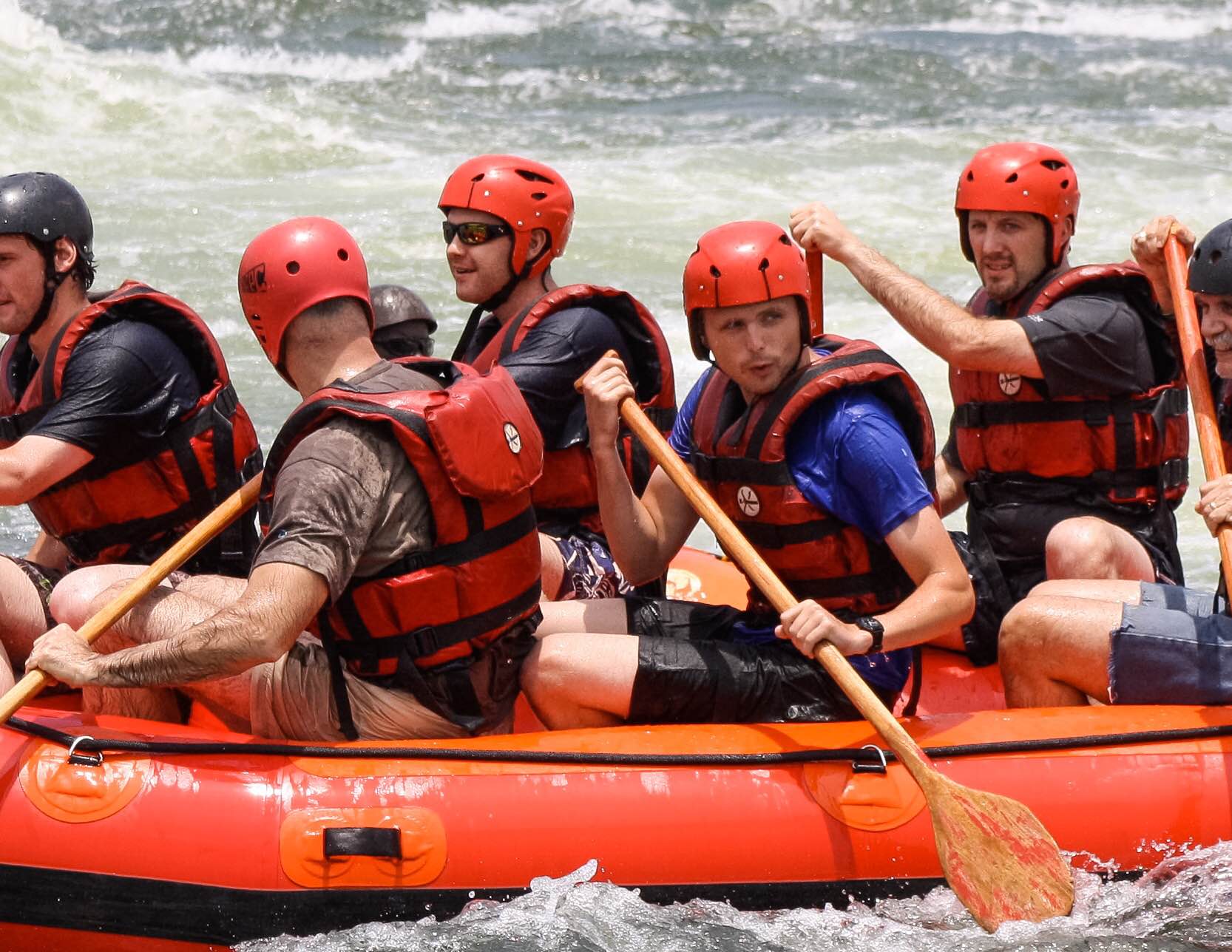
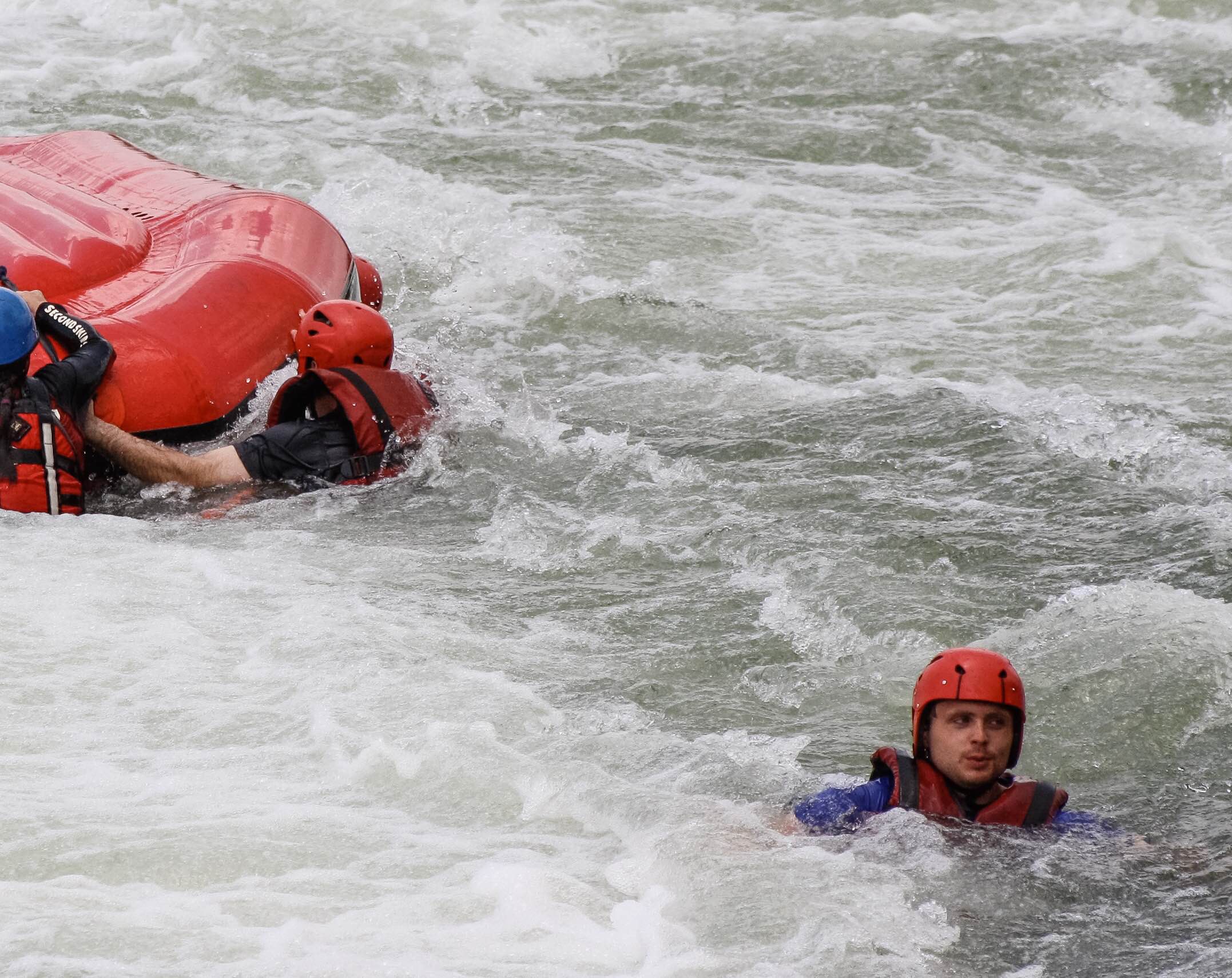
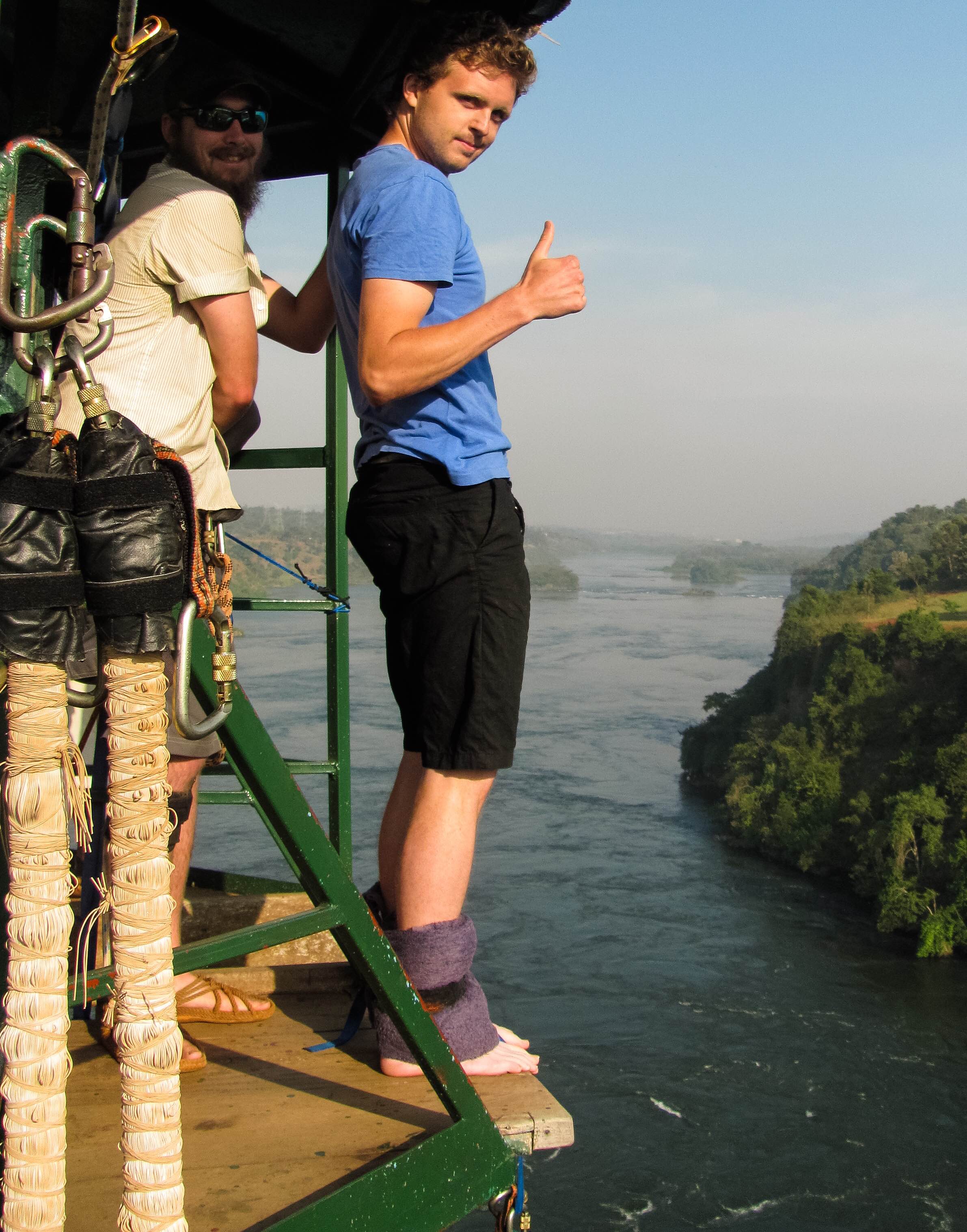
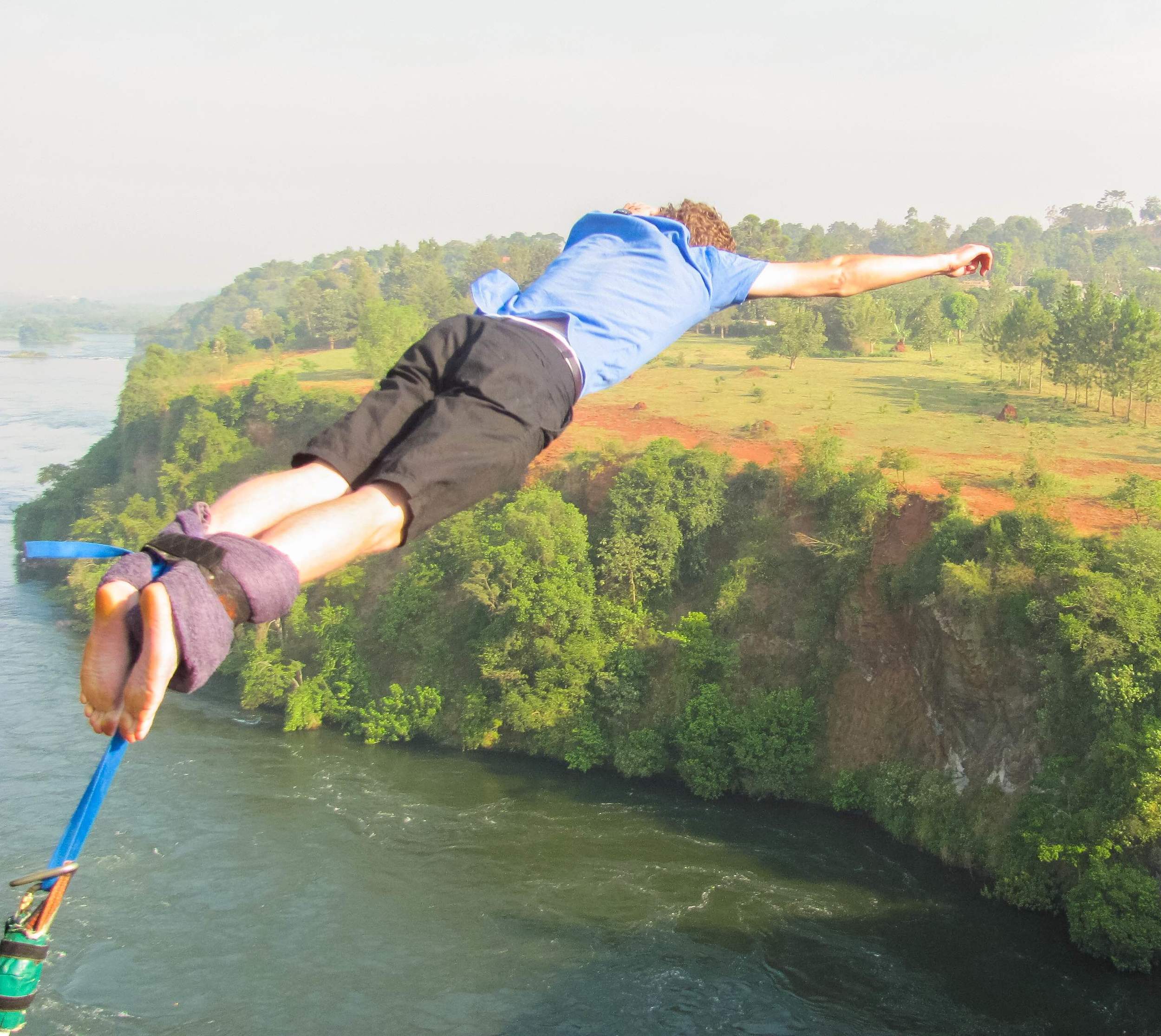
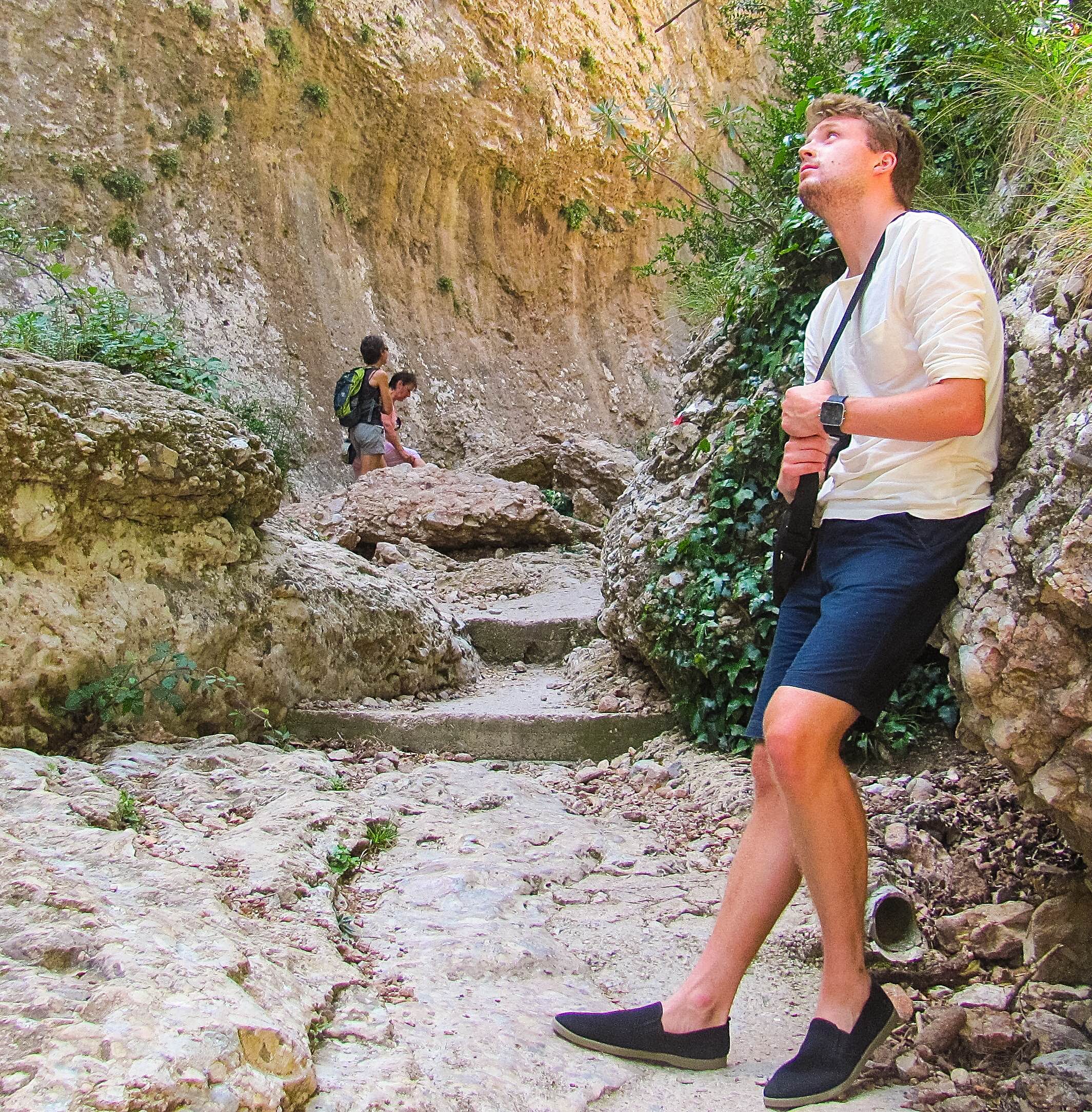
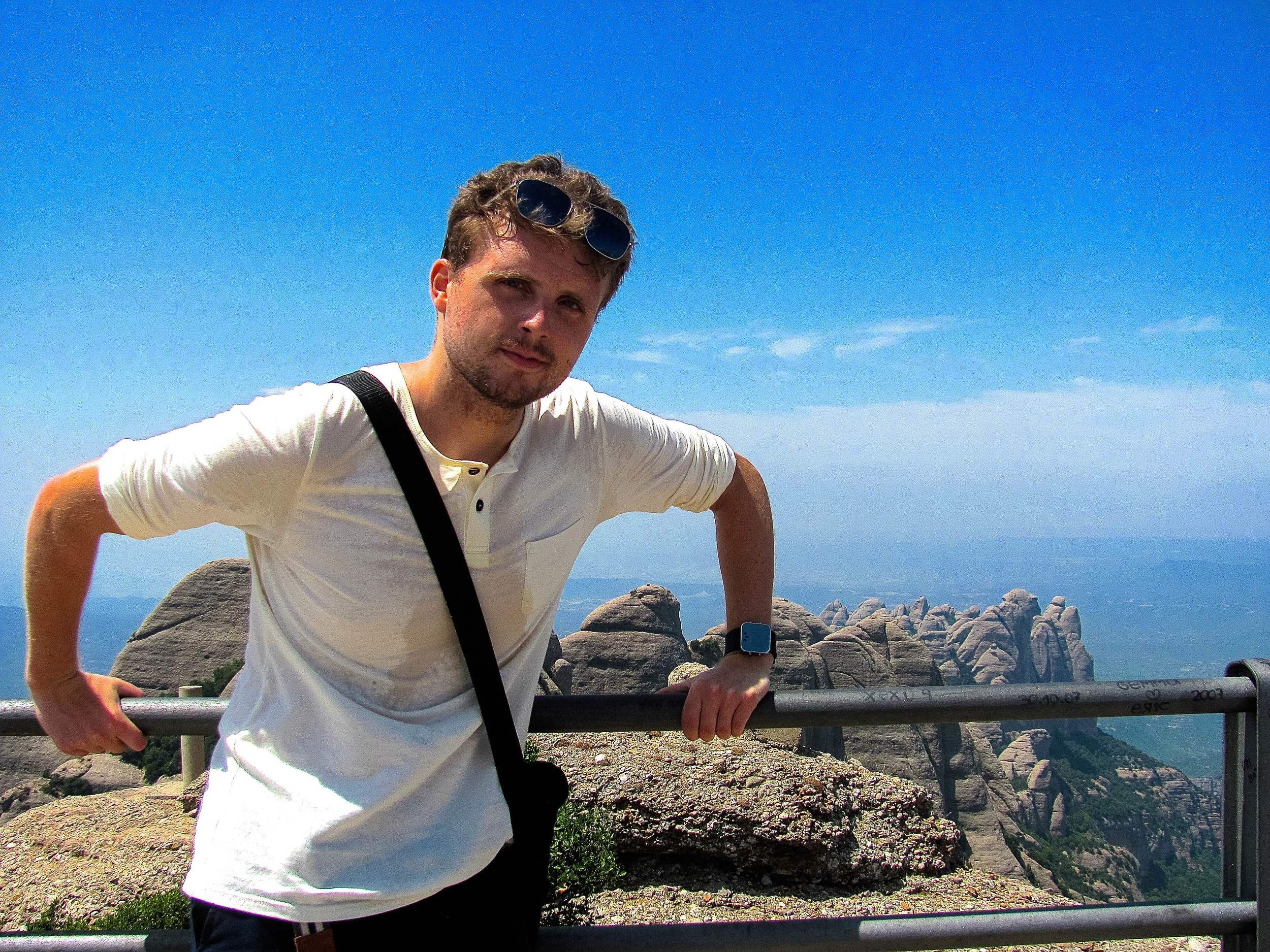
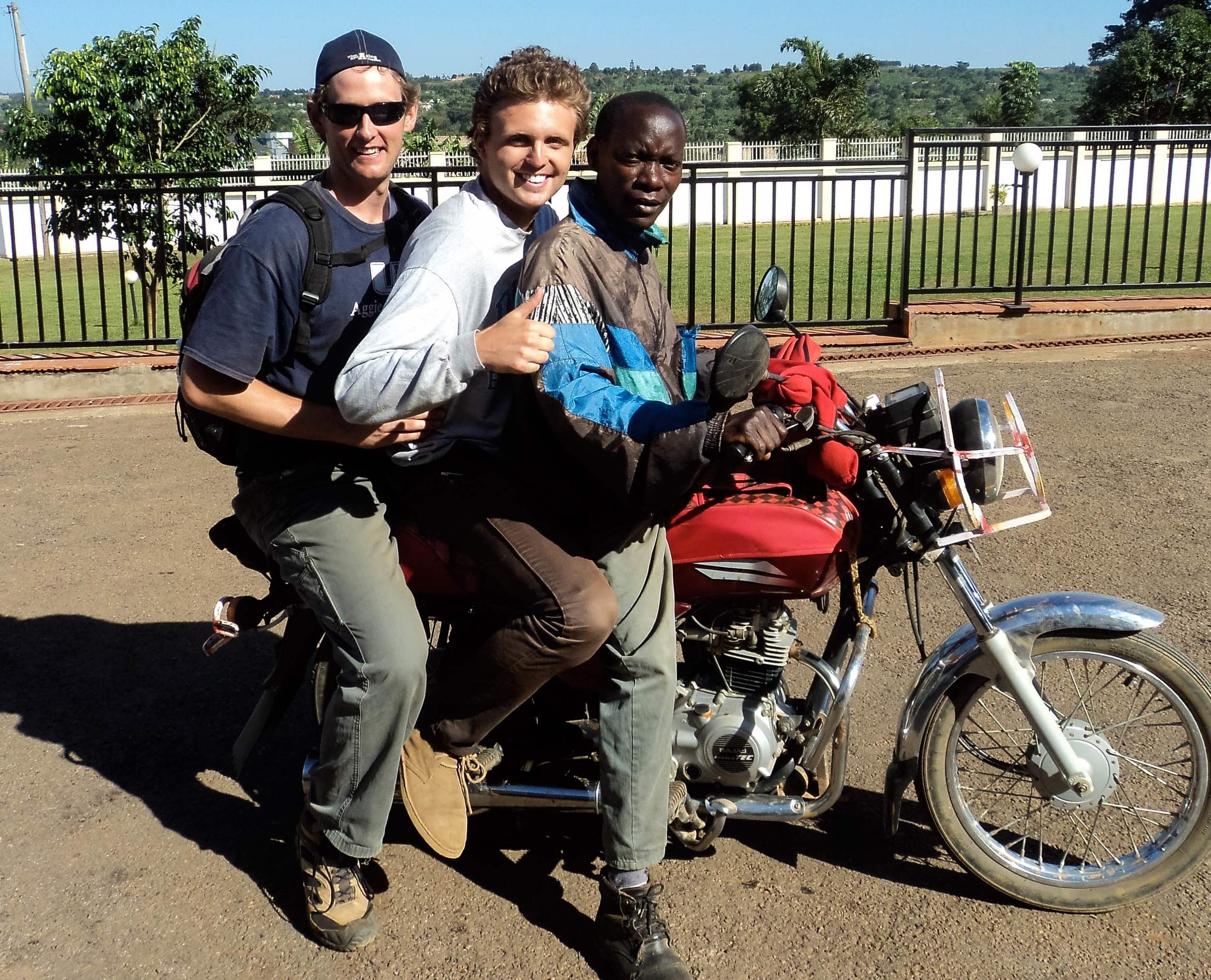
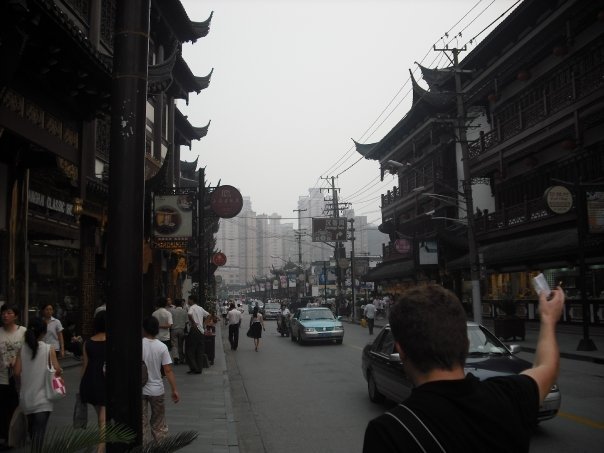
Navigating traffic, however, is less of an activity comparable to the MDS, and more just a daily necessity. While in Africa I was also able to Bungee over, and even raft the Nile river. In neither of those activities did I even feel remotely unsafe. I get grief from my family from choosing Uganda of all places to bungee jump. They tend to think that there are safer areas to do a jump for the first time. The rafting of the Nile could well have been very dangerous, but we skipped the most dangerous level 5 rapids (including the Dead Dutchman). Falling into the water after tipping the raft in the Nile was actually fun given the depth of the river. It was like falling into the world's deepest bathtub. Though the boda traffic was a tad nerve-racking, Uganda was incredible, the people are some of the nicest that you'll meet and the laid-back culture will make you feel warmly welcomed. If there are any adrenaline travelers out there, I suggest that you check out Jinja, it's East Africa's unofficial adventure capital.
Beyond Africa I've had some noteworthy experience in Asia. Like boda they are also traffic related. Hailing down and riding in some of the cabs in Vietnam and China were exciting. I can remember getting into cabs without seatbelts and speeding in and through crowded streets in places like Hanoi, Guilin, Beijing, and Shanghai. The experience resulted in a pretty incredible rush, although I'm not sure how safe it was. Another experience that comes to mind is the time that I accidentally climbed to the summit of Montserrat with slip-on shoes. It was an accidental climb that ended up taking nearly four hours total to scale and descend. In my experience climbing the mountain, I had to endure many of the same discomforts that await me on the MDS: harsh terrain, brutally hot temperatures, dirt and sand everywhere, and even a lack of food and water. Now I'm under no false illusion that any of these experiences will exactly measure up to what I have to face in the desert, but they do give me something to work with nonetheless.
Why I'm Running the Marathon des Sables
As soon as I discovered the Marathon des Sables, I was instantly captivated. I knew that I would participate in it one day. Little did I know that it would be so soon, but here I am, completely registered for the 2016 race. So what now? The pressure is clearly on. If unfortunate circumstances strike to take me out of the race, and I can't finish or even begin, then I will certainly be disappointed, but it will only delay the inevitable. I will be completing this race, whether this time around or beyond. On the Marathon des Sables UK website there is an overview of the race. The information on the page goes into detail about the structure and organization of the MDS. It also describes the amount of effort by those who are helping to put the race on. On the very bottom of the page, it provides a summary of all of the information included, at the end of the summary there appears the following line:
"You may struggle to explain to people why you would want to do this!"
Why? That is the question. I've already been asked this by the few number of people who know that I'm signed up. Truthfully I'm not even sure I have a concrete answer right now. Perhaps it has to do with the fact that this is something that I can look back on with tremendous satisfaction 60 years from now when I'm old and wrinkled. Maybe it is because this event combines two of my favorite activities (travel and fitness) in an exciting exotic location. Regardless of what I think now, I'm pretty sure that I'll have the best answer to that question the moment I cross the finish line of the final stage. That feeling of accomplishment and exhaustion will make it all worthwhile, and I will feel immensely proud to have participated in the Marathon des Sables. At least I hope to have that feeling, if not then I really need to find more sensible hobbies.
-KTC





